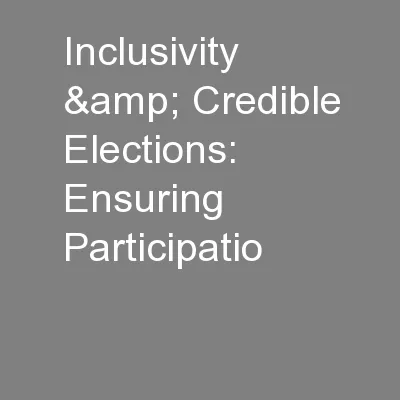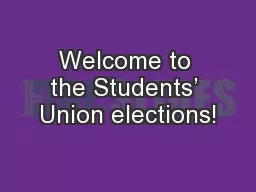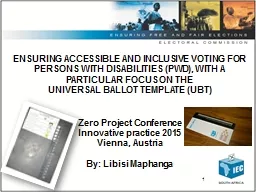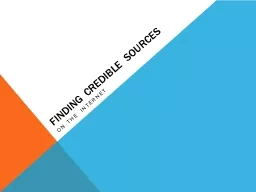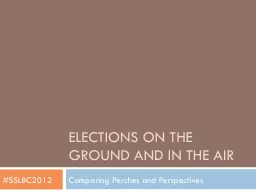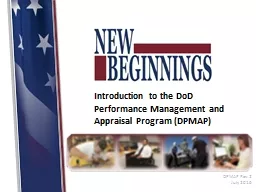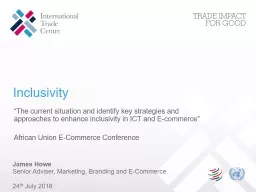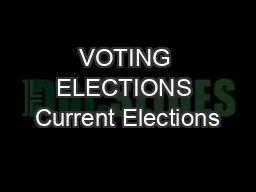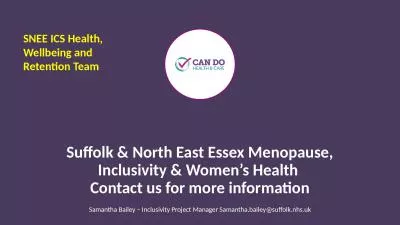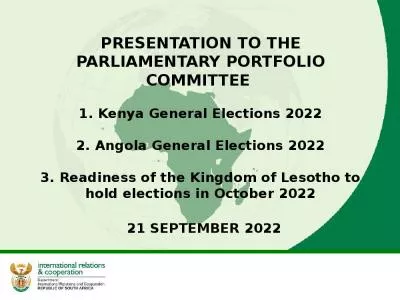PPT-Inclusivity & Credible Elections: Ensuring Participatio
Author : pasty-toler | Published Date : 2016-07-28
Marginalised Groups By Hajia Bilkisu Yusuf mni Paper Presented at the Workshop Organised by West Africa Network for Peacebuilding WANEP Chelsea Hotel Abuja
Presentation Embed Code
Download Presentation
Download Presentation The PPT/PDF document "Inclusivity & Credible Elections: En..." is the property of its rightful owner. Permission is granted to download and print the materials on this website for personal, non-commercial use only, and to display it on your personal computer provided you do not modify the materials and that you retain all copyright notices contained in the materials. By downloading content from our website, you accept the terms of this agreement.
Inclusivity & Credible Elections: Ensuring Participatio: Transcript
Download Rules Of Document
"Inclusivity & Credible Elections: Ensuring Participatio"The content belongs to its owner. You may download and print it for personal use, without modification, and keep all copyright notices. By downloading, you agree to these terms.
Related Documents

